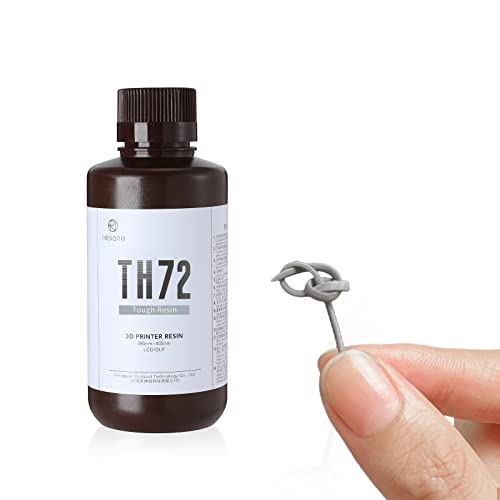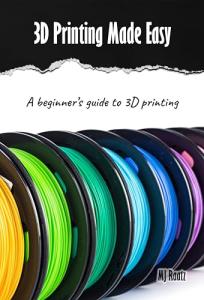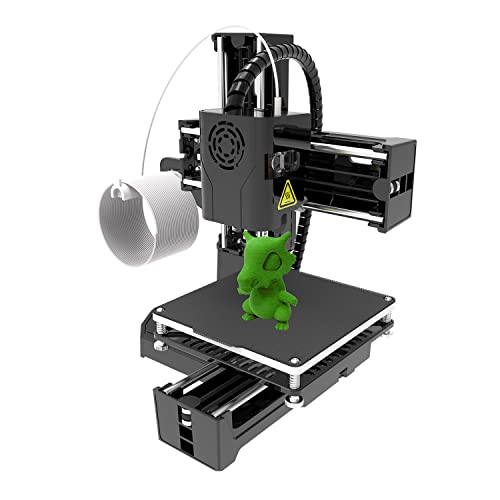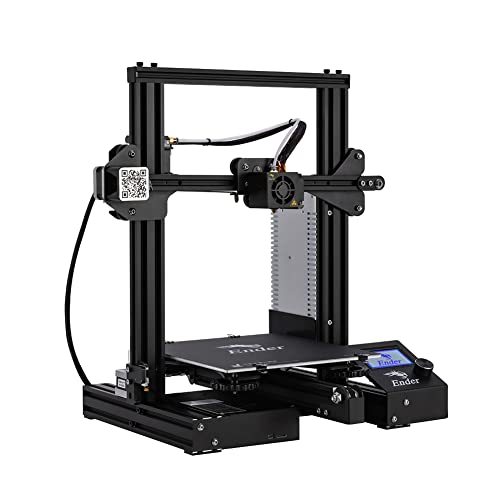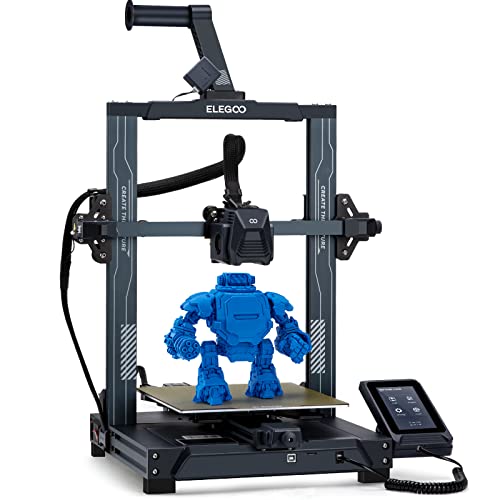Choosing the right printer is the first step in your 3D printing journey. With so many options out there, it can feel overwhelming. But don’t stress! Let’s break it down to make it easy.
First, think about what you want to print. Are you looking to create cool models, functional parts, or maybe some awesome art? Different printers specialize in different things. For example, FDM printers are great for beginners and offer a wide range of materials. If you want high-quality prints, look into resin printers. They might cost a bit more, but the detail is incredible!
Next, consider the build volume. That’s the size of the objects you can create. If you plan to print large items, make sure the printer can handle it. Compact printers are fantastic for small projects, but they can limit creativity if you want to go big. A little extra space in your printer can really open up your options.
Finally, check out the community around the printer model. A strong support network means tons of resources, tutorials, and troubleshooting help. You’ll find that community advice can be just as valuable as the printer itself. Keeping these 3D printing tips in mind will set you up for success and help you make the best choice for your needs.
Choose Quality Filament for Best Results
Choosing the right filament is one of the most important 3D Printing Tips you can follow. Not all filaments are created equal. The material you pick directly impacts the success of your prints. You want something that’s not only durable but also easy to work with. Quality filament helps reduce those frustrating print failures and saves you time and material.
PLA is a great starting point if you’re new to 3D printing. It’s easy to print, has a pleasant smell, and works well with most beginner-friendly printers. If you’re looking for something tougher, consider ABS. It’s more heat-resistant and gives your prints added strength, but it does require a bit more setup and ventilation due to fumes during printing.
Don't forget about specialty filaments like PETG or TPU. PETG combines the ease of PLA with the toughness of ABS, giving you the best of both worlds. TPU is flexible, making it perfect for projects that need a bit of stretch. Try out different types to see what works best for your projects.
Always check the diameter of the filament as well. Most printers use 1.75mm filaments, but some might use 3mm. Getting the size right is crucial to avoid jams and get a smooth flow. And don’t skimp on quality! Investing a bit more in reliable brands pays off in the end.
TH72 Flexible Tough Resin for Impact-Resistant Printing
Experience durable, flexible prints that can handle the toughest challenges
Product information
$28.99
Product Review Score
4.67 out of 5 stars
194 reviewsProduct links
Master Your Printer Settings
Getting your printer settings just right can make a huge difference in your 3D printing experience. It might sound complicated, but it’s really about finding what works best for your project. Start with the basics: layer height, print speed, and temperature settings. These three factors play a big role in the quality of your prints.
For layer height, going for a 0.2mm setting is great for most projects. It balances speed and detail nicely. If you want finer details, try 0.1mm, but keep in mind it’ll take longer to print. Next up, print speed. If your prints look shaky or messy, slow it down a bit. A speed of 50mm/s is a good target while you're learning.
Temperature settings can be a bit tricky, too. Different filament materials have different requirements. For PLA, starting around 200°C usually works. But if you’re using ABS or PETG, dial it up to about 230°C. Always check the filament packaging for specifics. Adjusting these settings is one of the best 3D printing tips you can follow!
Don’t forget to play around with infill and support settings. A solid infill of 20% is often enough for most prints, while more complex designs might need a bit more support. Experimenting is key, so don’t be shy about trying new things! Each printer has its quirks, so give yourself some time to get everything dialed in.
Easy 3D Printing Guide for Beginners
Kickstart your 3D printing journey with simple tips and tricks that make it fun and hassle-free
Product information
$2.99
Product Review Score
4.89 out of 5 stars
195 reviewsProduct links
Keep Your Workspace Organized
Keeping your workspace organized can make a huge difference in your 3D printing experience! When everything has its place, you save time and reduce stress. Trust me, a tidy environment helps you focus on what really matters: creating awesome prints.
Start with a dedicated area for your printer. Make sure it has enough space around it for airflow and maintenance. Keep all your supplies nearby—like filament spools, tools, and cleaning supplies. Consider using bins or drawer organizers to separate everything. Labeling can also be a game changer, so you can grab what you need without digging around.
Don’t forget about cable management! Those tangled wires can be a hassle. Use clips or ties to keep your cables tidy and out of your way. This not only looks nicer but also prevents accidents. Nobody wants their print job interrupted because of a snagged cable.
Regularly clean your workspace to keep dust and debris at bay. A clean area helps ensure smoother prints and less trouble overall. Follow these 3D Printing Tips, and you'll create an environment where you can fully enjoy your printing projects without distractions. Happy printing!
